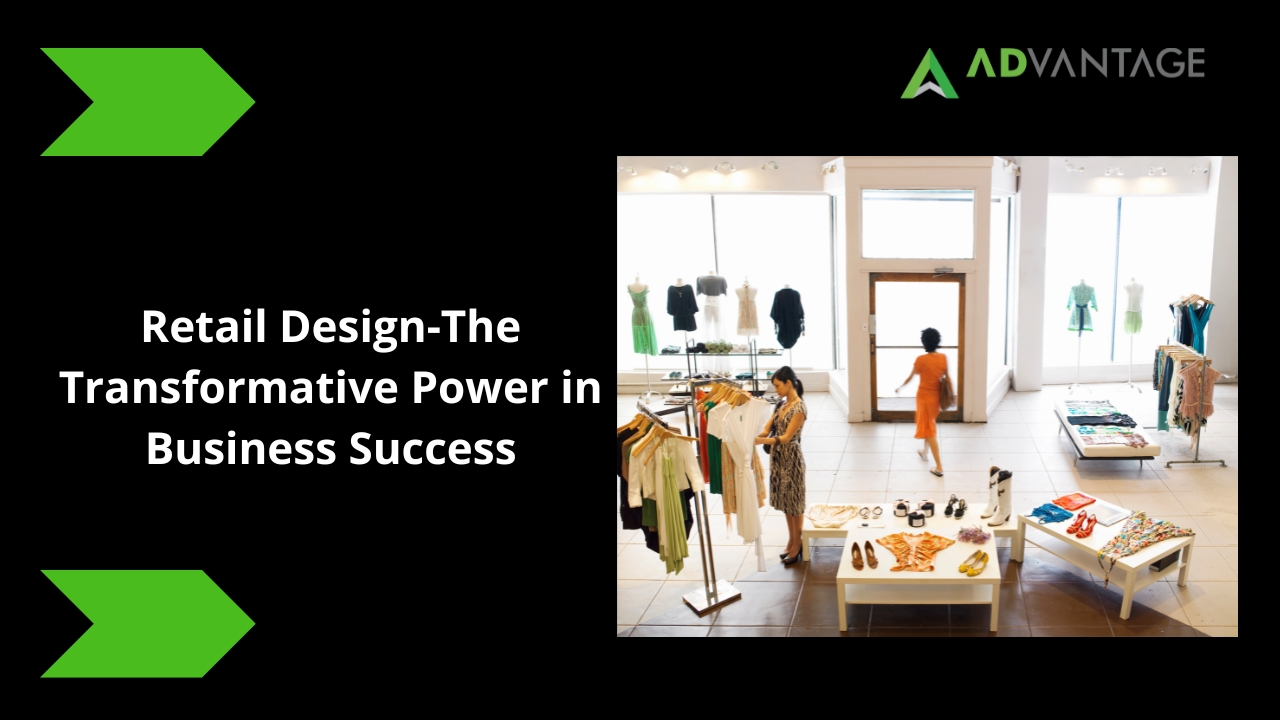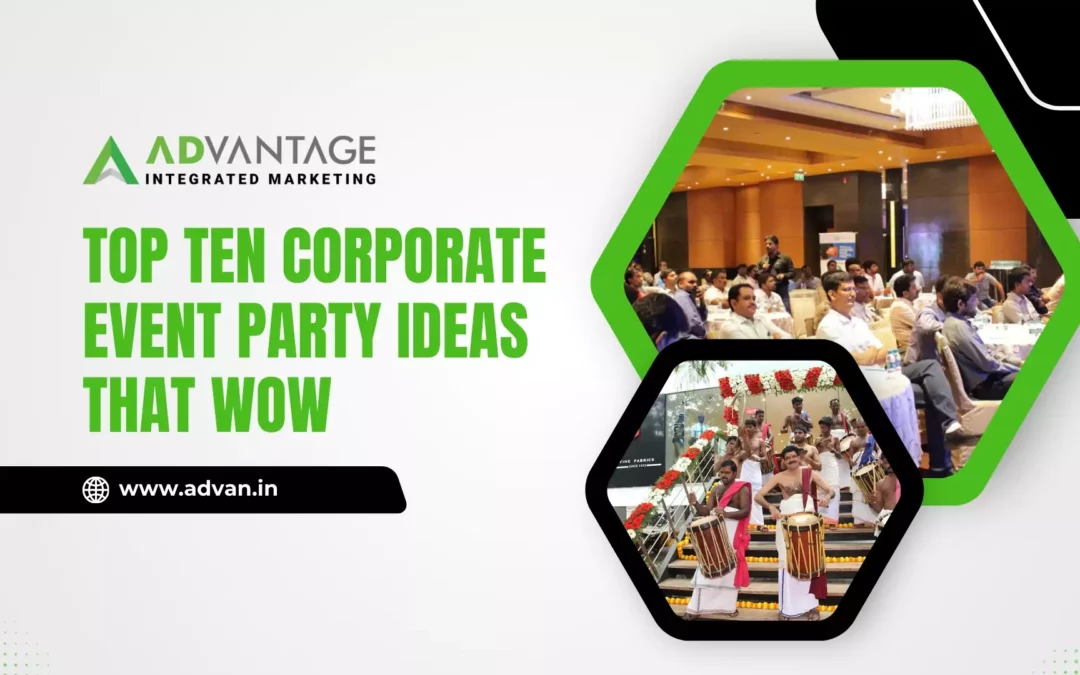The past decade has seen a surge in conversations around inclusivity and accessibility, transcending sectors from tech to education. In the retail industry, accessibility is an often underexplored territory that holds immense potential for both customer engagement and social responsibility.
As retailers, it’s essential to take the initiative for the best retail design to develop an inclusive retail environment, catering to the diverse needs of the populace. In this blog, we’ll explore why accessibility should be a focal point in retail design and how to effectively implement it.
In an increasingly digital world, where online shopping is just a click away, brick-and-mortar retailers face a daunting challenge: how to entice customers into their physical stores and offer them an experience that exceeds digital convenience.
Enter retail design—a strategic, often underrated element, but one that can make or break the retail experience. When executed well, retail design goes beyond mere aesthetics; it becomes a potent tool to increase foot traffic, drive sales, and build customer loyalty.
This isn’t just about arranging products on a shelf or choosing a catchy color scheme; it’s about constructing a 360-degree environment that appeals to all senses and emotions, inevitably influencing buying decisions.
Benefits of Retail Design in Retail Branding
The benefits of excellent retail design are multifaceted and extend far beyond first impressions. It has the power to:
Enhance Customer Experience
A well-designed store can turn shopping from a mundane task into a delightful experience. It can help customers find what they are looking for faster and might even entice them to explore more, thus increasing the chances of additional purchases.
Optimize Space and Flow
Good design considers the optimization of store layout to enhance customer flow, making it easier for them to navigate through various departments and making the shopping experience more pleasant. This not only reduces customer frustration but also increases the likelihood of unplanned purchases.
Strengthen Brand Identity
Retail design serves as a physical manifestation of your brand’s values, character, and promise. Every design choice, from the lighting and color scheme to the product displays and signage, should align with your brand’s message.
Boost Sales and Profitability
Ultimately, all the elements of retail design contribute to a store’s financial performance. Better layout and product placement can lead to higher sales per square foot, while an enjoyable shopping experience can result in repeat visits and long-term customer loyalty.
Incorporate Inclusivity
In modern times, retail design also considers inclusivity as an integral element. This means ensuring the store is accessible to everyone, regardless of their physical abilities, thereby expanding the customer base.
In the sections that follow, we will delve deep into the key components of retail design that every business must consider, offering insights into best practices and exploring innovative approaches. Whether you’re a seasoned retailer or a new entrant in the market, understanding the nuances of retail design can offer you a competitive advantage that is hard to beat.
So, let’s explore how to turn your store into not just a place where transactions happen, but a destination where consumers want to be. Welcome to the compelling world of retail design!
Retail Designing: A Shift in Consumer Mindset
Historically, retailers have been content with meeting the basic needs of the majority, neglecting the specific needs of various minority groups, including people with disabilities. But societal shifts and a broader understanding of diversity have changed that. Inclusion is no longer a token term but has become a market imperative. A recent study found that 67% of consumers prefer shopping at retailers that offer a wide range of accessibility features. This stat alone indicates a shift in consumer preferences, compelling retailers to redesign their approach.
In the United States, the Americans with Disabilities Act (ADA) serves as a guideline for making public and private establishments accessible to people with disabilities. Similar laws exist in other countries like the UK’s Equality Act of 2010. While these laws provide an excellent framework for businesses, following them should be viewed as a starting point. True inclusivity goes beyond just adhering to legal requirements; it encompasses a genuine commitment to making everyone’s shopping experience enjoyable.
Accessibility in Practice- Role of Retail Design
Mobility-Friendly Design
The primary purpose of mobility-friendly design is to ensure that everyone can navigate the retail space with ease, irrespective of any physical constraints they may have.
Spacious Aisles
Spacious aisles are not just a convenience; they are a necessity. According to the Americans with Disabilities Act (ADA), the minimum width for an aisle should be at least 36 inches. However, to create a genuinely comfortable environment, retailers should aim for at least 42-48 inches. This ensures that two wheelchairs can pass by each other without any difficulties.
Accessible Shelves
Think about your highest and lowest shelves. Can someone in a wheelchair reach them? Shelves should be designed to ensure that at least 50% of products can be easily reached by people with limited mobility. This could involve tiered shelving systems or assistance technology like grabbers.
Easy Access Points
Ramps and elevators should not be an afterthought. These should be placed strategically near entry and exit points and should be clearly marked with signage. Many retailers also provide motorized carts, which can be a tremendous help for those who find it difficult to walk long distances.
Seating Areas
Elderly customers often require frequent breaks. Seating areas should not just be available but also comfortably designed and strategically placed near areas that see the most time-consuming shopping decisions.
Clear Signage
Signage should be easy to read for everyone, including those with declining vision. This means large fonts, straightforward language, and good contrast.
Well-lit Spaces
Proper lighting can significantly impact visibility, particularly for older customers. Aim for a blend of natural and artificial lighting that eliminates glare and shadows.
Visual and Auditory Experience in Retail Designing
Creating a multisensory experience is crucial for retail inclusivity, extending to visual and auditory experiences as well.
Colour Contrast
For those with visual impairments, color contrast is crucial for readability and navigation. Use bold colors for signage and key areas that need to stand out. The color contrast should be compliant with Web Content Accessibility Guidelines (WCAG) to ensure visibility.
Auditory Aids
Sensory inclusion also means being attentive to the auditory experience of your customers. Whether it’s employing staff trained in basic sign language or integrating technology aids like hearing loops, making the auditory experience inclusive can go a long way.
Technology for Accessibility
The rapid pace of technological advancements provides retailers with opportunities to elevate the shopping experience for everyone.
Augmented Reality (AR)
Applications can be developed to guide visually impaired customers through the store, providing audio instructions directly to their earphones as they navigate the aisles.
Voice-Assistant Kiosks
Touch screens may be challenging for those with mobility issues. Voice-activated kiosks can provide these customers with an alternative, allowing them to access store directories, promotions, and product locations without requiring physical touch.
AI-based Inventory Systems
By using AI-based systems, retail staff can quickly locate products in the inventory, reducing customer wait times and ensuring that those with mobility issues don’t have to stand around.
Case Studies: Brands Doing it Right
Microsoft
Microsoft has been a pioneer in accessible technology for years, and their flagship stores are no exception. Their stores are equipped with the latest assistive technologies like screen readers and braille keyboards, ensuring everyone can experience their products.
Apple
Known for sleek design, Apple also makes sure that its spaces are universally accessible. Their stores feature low tables for product demos, easily navigable spaces, and attentive staff trained in sign language.
Challenges in Retail Design & the Road Ahead
While there are myriad benefits to implementing accessible design, retailers also face challenges. Budget limitations, spatial constraints, and a lack of awareness are common obstacles. However, these challenges are not insurmountable. Grants, phased implementation, and education can pave the way for a more accessible future.
The essence of retail is transformation – transforming simple transactions into memorable experiences. Inclusivity through accessibility is a definitive step towards that transformation. As brands continue to evolve, it’s crucial that they take everyone along on their journey, creating spaces that don’t just tick boxes but make genuine strides in enhancing the customer experience for all.
AD Vantage: Your Retail Designing Partner
AD Vantage Integrated Marketing goes beyond traditional outdoor advertising to offer cutting-edge retail designing services that can transform your physical store into a customer magnet. Leveraging design psychology, technological innovation, and a deep understanding of consumer behavior, our team crafts spaces that not only look stunning but also function optimally for both your business and your customers.
From optimizing your store layout for natural customer flow to selecting color palettes that resonate with your brand identity, every design choice is meticulously planned. We also incorporate the latest in technology aids, like Augmented Reality and Voice-Assistant Kiosks, to ensure your retail environment is not only visually compelling but also highly functional and inclusive.
With AD Vantage by your side, your store becomes more than just a place to shop; it becomes an unforgettable experience that keeps customers coming back.








0 Comments